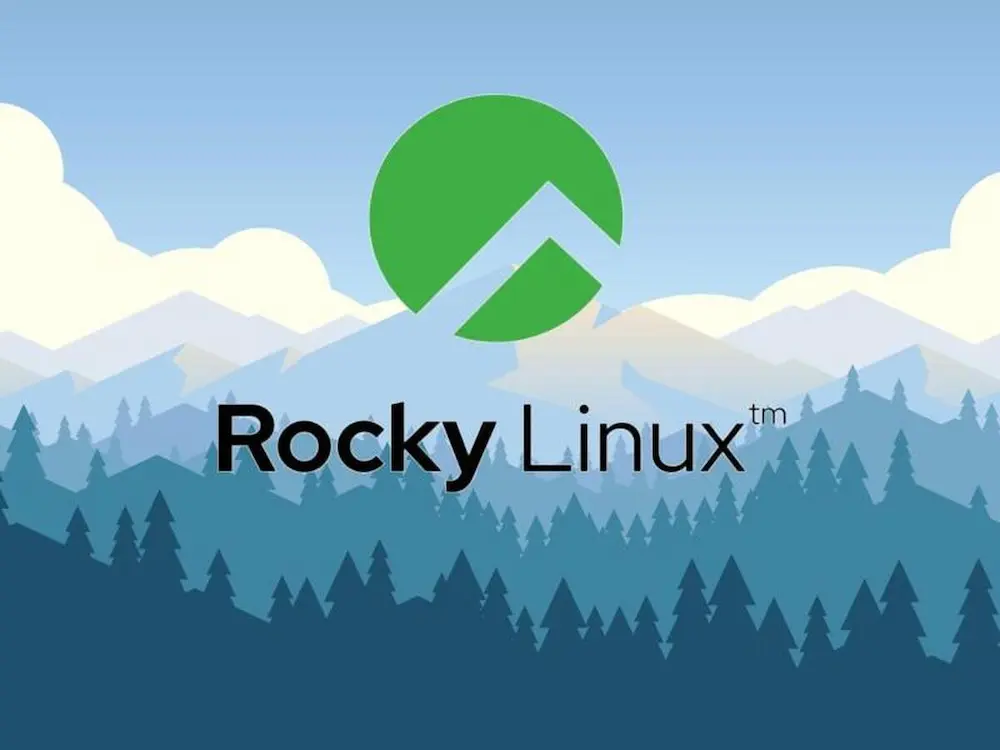How To Upgrade Rocky Linux From 8.5 To 9 Using The CLI Step By Step Guide
- 07 Sep, 2022

How To Upgrade Rocky Linux From 8.5 To 9 Using The CLI Step By Step Guide? Rocky Linux is quickly replacing CentOS as the open-source community’s preferred server and data centre operating system. As far as server operating systems go, Rocky Linux is still as good as it gets, and its continued existence is practically assured. However, updates are required at some point in time for each computer operating system. Improved safety, smoother operation, and more options.
Like any other OS, the most notable changes occur when a major update is released. Among its many features, Rocky Linux 9 provides automated configuration conformity settings for PCI-DSS, HIPAA, and DISA, and it comes with OpenSSL 3.0.1 & OpenSSH 8.7.01. There is also Ruby 3.0, Python 3.9, PHP 8.0, and Node.js 16. It is moving from an 8.x version to 8. Let’s take a look at Upgrade Rocky Linux From 8.5 To 9.
Rocky Linux
The open-source operating system Rocky Linux is a serious contender to replace CentOS 8. It’s based on Red Hat Enterprise Linux and has full binary compatibility (RHEL). Follow along as we use a shell script made available by the Rocky Linux group to update a CentOS 8 virtual server with Rocky Linux 8.
Upgrade Rocky Linux From 8.5 To 9
First, use the command to update all currently installed applications.
Drop Everything And Back Up
If there is anything important on the server, do not move forward until you’ve backed it up. You may use tar or another backup programmer, but saving the copies on a different hard drive is essential.
The Must-Read Developer Coverage
If tar is the tool you are looking for, you can create a backup of everything except for folders that don’t contain data with a unified command. For example, imagine you have a USB device installed in /data.
A system restart is required when upgrading completes. In addition, the Rocky Linux 9 packages must now be added.
The update will fail if the RedHat-logos directory remains, therefore delete it with the command:
Delete the directory containing the Red Hat logos using the command: sudo rm -rf /usr/share/redhat-logos
Finally, here’s how to bring Rocky Linux up to speed from version 8.x to version 9:
sudo dnf —releasever=9 —allowerasing —setopt=deltarpm=false distro-sync -y
When you are done, it is time to reboot and enter Rocky Linux 9. You successfully updated Rocky Linux 8.x to Rocky Linux 9. Before implementing the instructions above in your data centre, you should first test them on a test computer.
Once you have gained confidence in the procedure, you may implement it on live servers and take advantage of the enhanced functionality immediately.


